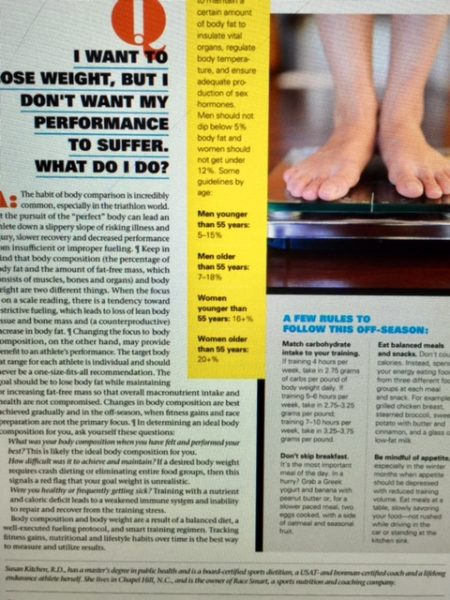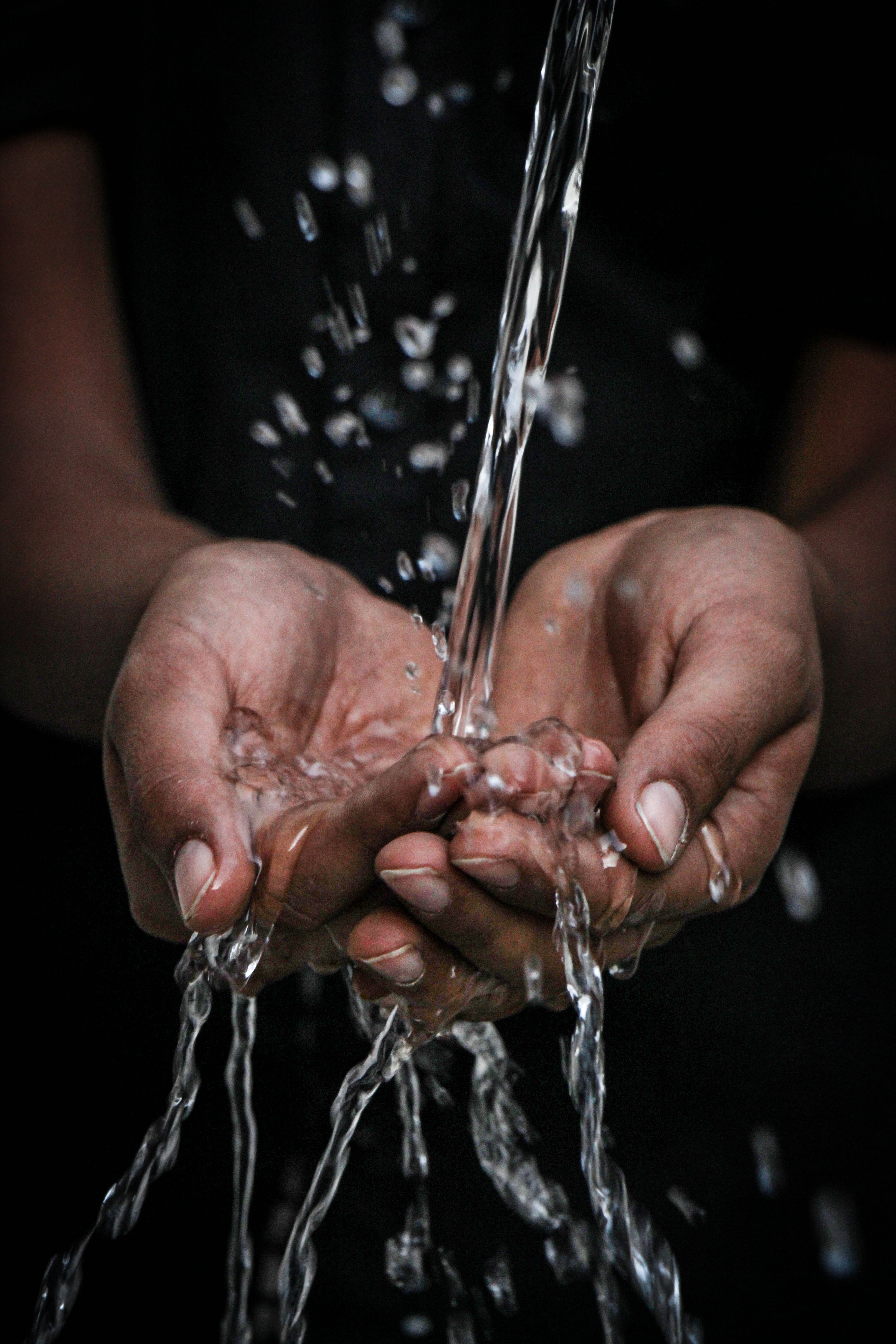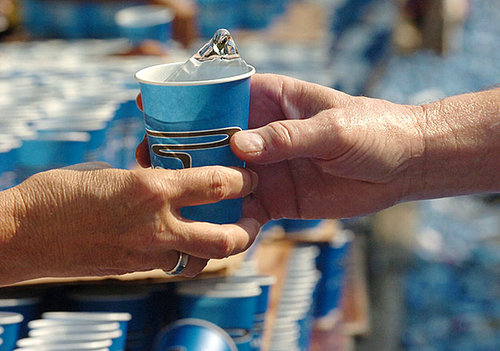Kona (or Hot Weather Races) Hydration and Electrolyte Tips
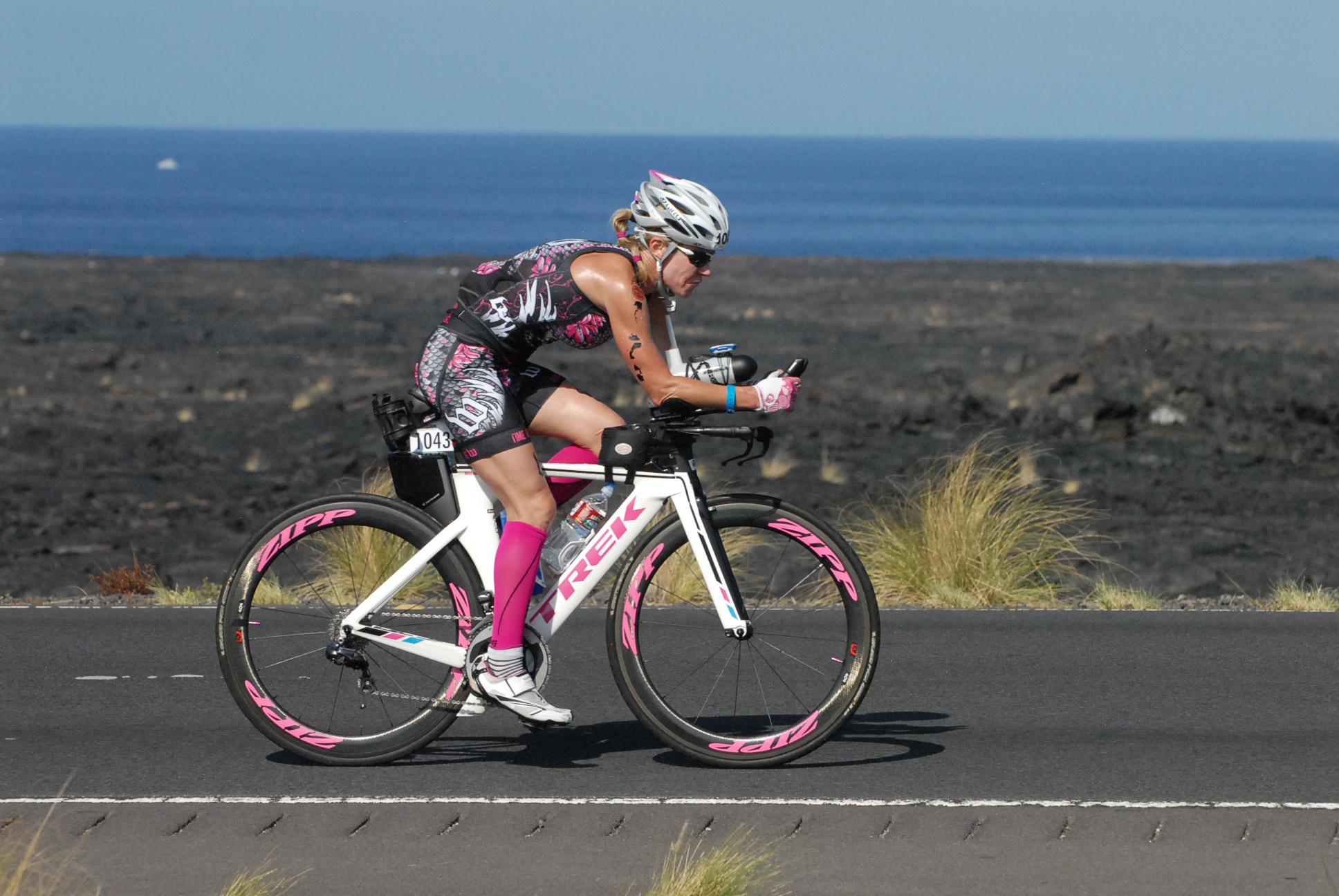
Congratulations, you’re headed to Kona! Whether it’s your first time racing on the Big Island or your tenth, you need to be prepared for what Mother Nature serves up. Ironman athletes racing in Kona are not new to the sport but may be surprised by how the Big Island winds, heat, and humidity can make a tough day even tougher! Read on for my top hydration and electrolyte tips for hot races.
Hydration in Kona
While the forecast there is remarkably consistent—sunny, windy, and humid, with temps in the mid-80s—it’s important to remember that heat and humidity can be a game changer for athletes, even if you’re used to training in sauna-like conditions. The number-one reason for fatigue and poor performance is dehydration, so don’t let it sneak up on you. Map out a hydration plan now to avoid a trip to the med tent and perform your best on race day.
Dehydration
When fluid loss exceeds 2% of one’s body weight, performance deteriorates. Once dehydration sets in, it is nearly impossible to counteract. Therefore, properly hydrating in Kona is crucial to preventing the detrimental effects of dehydration and electrolyte loss on race day.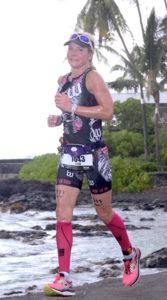
Signs and symptoms of dehydration:
- Dizziness, confusion, lightheadedness
- Dry lips, mouth, skin
- Physical and mental fatigue
- Decreased pace and performance
- Darkened urine (one of the first indicators)
- Increased body temperature, HR, and RPE
The Humidity Factor
Higher temperatures combined with moderate to high-intensity and endurance exercise result in higher body core temps and higher sweat rates. It’s important to remember that it’s the evaporation of sweat, not just the process of sweating, that cools the body. In humid climates such as Kona, because the air is already full of water vapor, sweat doesn’t evaporate so it’s a less effective means of thermoregulation. Expect your body temperature, heart rate, perceived exertion, and sweat rate to be higher there, all while losing lots of fluids and valuable electrolytes.
Fluid and Sodium Loss
Sweat contains electrolytes: sodium, potassium, chloride, and small amounts of minerals (iron, calcium, and magnesium). Of all these, sodium takes the biggest hit from sweat loss, thus it’s the most important to replace. Generally speaking, most athletes lose about 500mg sodium per pound of sweat loss, and heavy sweaters can lose in excess of 1000mg sodium each hour. Do crusty white salt marks appear on your face and clothing when you work out? This can help you determine if you are a salty sweater, and thus help you ensure you adequately replace sodium. Heat acclimation prior to race day helps decrease the salt content of sweat; however, if you are heat acclimatized you actually sweat more, not less. So it’s best to keep up with the increased loss of fluid.
Hyponatremia
Many Ironman athletes experience mild to moderate low blood sodium (hyponatremia) levels, but severe hyponatremia can be dangerous and life threatening. This is a metabolic condition in which there is not enough sodium (salt) in the blood and can be caused by overhydrating in the days leading up to the Ironman, overdrinking during the race, and/or hydrating with only water, which can flush electrolytes from your body. Sports drinks such as Gatorade Endurance served on the Ironman bike and run course are designed to replace sodium lost through sweat. Additional sodium may be needed for heavy sweaters and should be taken with plenty of fluids.
Some signs of hyponatremia:
- Nausea and vomiting
- Headache
- Confusion
- Loss of energy
- Fatigue
- Restlessness and irritability
- Muscle weakness, spasms or cramps
- Seizures
- Unconsciousness
- Coma
Ironman Fluid Plan Tips
To enhance performance on race day, the best nutritional intervention is to stay adequately hydrated by drinking early and often, taking little sips frequently. Begin hydrating early in the race! Do not wait until you are thirsty. Most athletes require 24–30oz fluids/hour (or 4–8oz every 15–20min) from a mix of 6–8% carbohydrate concentration that contains sodium. Staying ahead of dehydration is the best approach versus waiting until you are thirsty to drink when it’s way too late.
Higher fluid volume in the stomach promotes gastric emptying with about 50% of the stomach contents being emptied every 10 minutes. The more dehydrated an endurance athlete becomes, the slower the gastric emptying. Once gastric emptying slows, drinking more fluid only exasperates the problem, resulting in vomiting. A good indicator of hydration status on the bike is feeling the need to urinate at least once every 2.5 hours or twice over the 112-mile course. This suggests hydration is adequate as you begin the 26.2-mile run. If you aren’t peeing and it’s been over 2.5 hours, increase your fluid intake.
When possible, grab ice to make your fluids cold since cooler fluids empty from the stomach faster than warm fluids. On the run course, at aid stations you’ll be tempted to pour cold water over your head, but refrain as this yields short-term relief. First, drink cold liquids, 3–4 oz or 3–4 sips, and then pour water over your body. Ice in a hat to cool the head helps too.
Listening to Your Body
Even with a detailed fuel and hydration plan, listen to your body and pay attention to warning signs that your plan needs adjustment. If you are feeling nauseated, burpy, disinterested in eating/drinking, or have a sloshy stomach, this suggests a high concentration of calories in relation to fluid intake, a pacing issue, or overheating. To get the gut moving, stop fueling for 20–30 minutes, periodically take a few sips of water to dilute the gut content, and slow your pace.
On the other hand, if you are feeling unmotivated, mentally down, grumpy, unfocused, and wondering why the heck you thought this was a good idea, it’s time to grab fast-acting carbohydrates. The best options are Coke, Gatorade, or a gel. You’ll be back in your groove within minutes.
Final Thoughts
No matter which sports drink, sodium replacement, and fuel supplement you choose to use on race day, it is imperative that you practice with this plan over and over in race day simulation sessions to test how the body will react. During training you have time to tweak and adjust your fuel plan, so come race day it should be foolproof. Remember, race day has been known to toss even the most seasoned athletes a curve ball, so be sure to have plan B and C ready in your special needs bags just in case you lose a bottle or valuable pack of bloks.
Questions about these hydration and electrolyte tips? Leave a comment below.

